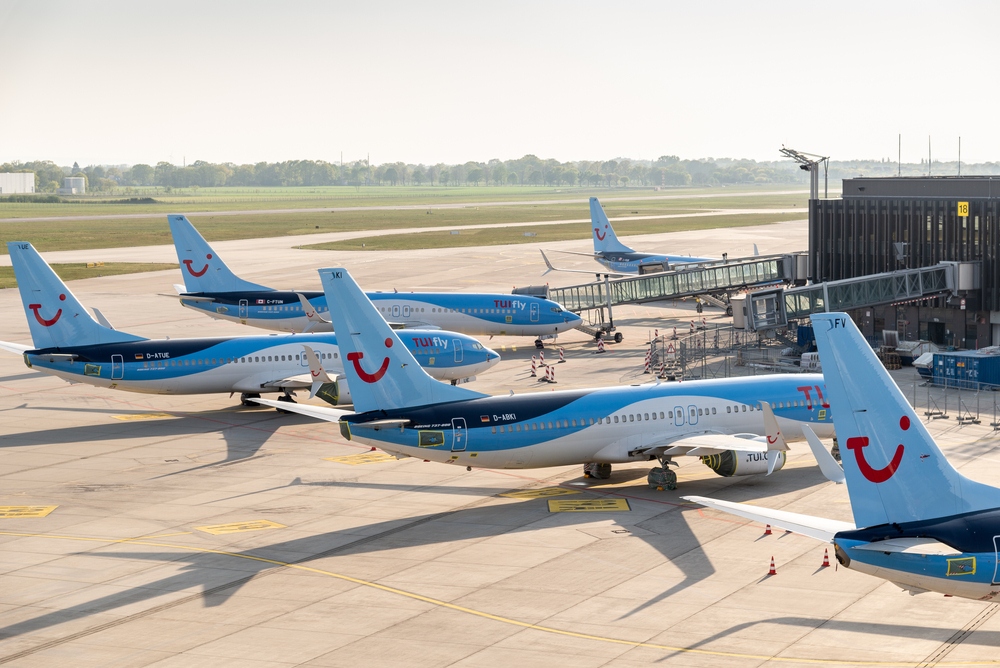
India Does it Again!
Economic reforms and fiscal discipline are amongst the most difficult things to manage even for economically developed nations with matured media and fully literate population. The negatives from reforms are visible immediately in lost popularity and public outcry, and the positives take a very long time to fructify – by that time, often, the next Government is running the show – in a democratic country, of course. Now just imagine how difficult implementation of reforms could be for a vibrant democracy and fast developing economy like India with its huge poor and illiterate population.
22nd January 2004, while Atal Bihari was the Prime Minister and Jaswant Singh the Finance Minister, was the last time when Moody’s had upgraded India’s rating to Baa3. It took a long stretch of almost 14 years for Moody’s to reconsider India’s rating. India initiated a lot of structural reforms since the last 3-4 years. However, Moody’s wanted to ensure that the reforms are “deep-rooted” before upgrading the rating.
What Does a Country Rating Mean and Why is it Important?

Standard & Poor’s, Fitch, and Moody’s are the top three global credit agencies rating countries, corporates, banks and other institutions. Their rating is considered as the credible benchmark by investors around the world. A large part of the investment allocation by FIIs (foreign institutional investors) is rating-driven. With a better rating, FIIs automatically get a better comfort (security) and are willing to invest more money, and at a lower cost.
What Exactly was Done by Moody's on 17th November 2017?

1. Upgraded sovereign bond rating of India from Baa3 to Baa2
2. Changed the outlook on the rating from “positive” to “stable”
3. Upgraded ratings of infrastructure-related public-sector units (PSUs) like NTPC, NHPC, NHAI and GAIL, and those of oil & gas PSUs like BPCL, HPCL, ONGC, IOCL and Petronet LNG.
What was the Rationale behind the Upgrade?

Moody’s endorses transformational (as against incremental) reforms undertaken by the Government, like
GST (Goods & Services Tax) to simplify tax structure and widen the tax base
Demonetization to reduce the informal economy
Digitization: Jan-Dhan (bank account for all), Aadhaar (Unique Identification number) and Direct Benefits Transfer to the deserving poor
Recapitalization of Public Sector Banks, efforts to address NPLs (non-performing loans)
IBC - Insolvency and Bankruptcy Code
Fiscal Consolidation framework

Moody’s is of the opinion that the reforms will:
1. Reduce debt burden on the Government,
2. Improve business climate,
3. Boost growth,
4. Address NPLs and increase lending for capex,
5. Enhance productivity by removing trade barriers,
6. Reduce informal economy,
7. Increase tax coverage
After a long wait, the above – better described in an ET-EY article – forced Moody’s to upgrade India ratings.
What, According to Moody’s, is Still the Work in Progress?

Fast-tracking of privatization of the Public Sector Units – to generate funds as well as to unshackle those businesses from the bureaucracy. “More Governance – less Government”.
Labour reforms
Land reforms
Managing prudently the existing high debt load of 68% of GDP (Gross Domestic Product)
What are the Risks that the Reforms do not Lead to Economic Improvement?

1. Public outrage could always derail reforms
2. Internal politics within the country and the temptation towards populism
3. Significant deterioration in banks’ health – failure of recapitalization
4. External factors like sudden increase in oil prices over US$ 100/barrel – not unlikely looking at the situation in the Middle-East
What Practical Impact the Upgrading of the Rating May Have?

Borrowing costs of a country or the companies/banks from a country in an international market are dependent upon various factors. If a major one – country risk / political risk reduces, borrowing in the international market becomes cheaper.
Combined with the great stride in World Bank’s "ease of doing business" ranking, Moody’s upgrade improves India’s image in the global markets. It shows, that the Government knows its job, is consistent, and has wider support from the population.
It enhances the resolve of the Government to move ahead with structural reforms.
It signals to the foreign as well as domestic investors that India is the place to invest.
Where does the BRICS Stand?

Barring China, India is ahead of the BRICS countries on the rating. In fact, India’s rating is in the league of Spain and Italy – which in itself may not be flattering. But it is not bad compared to where India comes from. China has been downgraded during last six months. However, at A1 (top of the “Upper-medium” grade category), China stands far ahead of India. Even at Baa2 India is still in the middle of “Lower-medium” grade category.
What are the Limitations of the Rating?

As observed during the 2008 Financial meltdown, those were the same rating agencies on whose ratings millions of investors relied and lost money. These agencies act as independent as possible, but they are not infallible or are not 100% immune to “conflict of interest” and pressures from the Governments.
Fitch or S&P also confirming the upgrade could give more confidence to the investment community that Moody’s in isolation.
Conclusion

Upgrade of the rating after almost 14 years with the show of confidence by Moody’s, combined with the huge improvement of 30 in World Bank’s Ease of Doing Business ranking, supported by a growing economy, strong and stable democracy, and favourable demographics enhance competitiveness of India and create conducive atmosphere for foreign as well as domestic investments.
The biggest task for the current government is to be able to convince the diverse population about the inevitability of the reforms - in spite of democratic compulsions, in the face of political opposition, and without the support from an opportunistic media.
Credit agency ratings and ease of doing business rankings, however, touch only a part of the economic and social fabric. We also need to focus on making agriculture viable and productive, promoting domestic investment, supporting manufacturing SMEs, renewable energy, enhancing the quality of education and on skills development.
Trending
-
1 SEO Mistakes That Could Be Costing Your Shopify Store Sales
Daniel Hall -
2 Strategies for Safeguarding Assets and Investments
Daniel Hall -
3 The Role of PR Firms in Crisis Management and Damage Control
Nitish Mathur -
4 How to Make Appealing Visuals for Your E-commerce Store
Daniel Hall -
5 The Competitive Landscape of Low-Cost Carriers in Belgium: TUI Fly Belgium’s Position
Daniel Hall





Comments